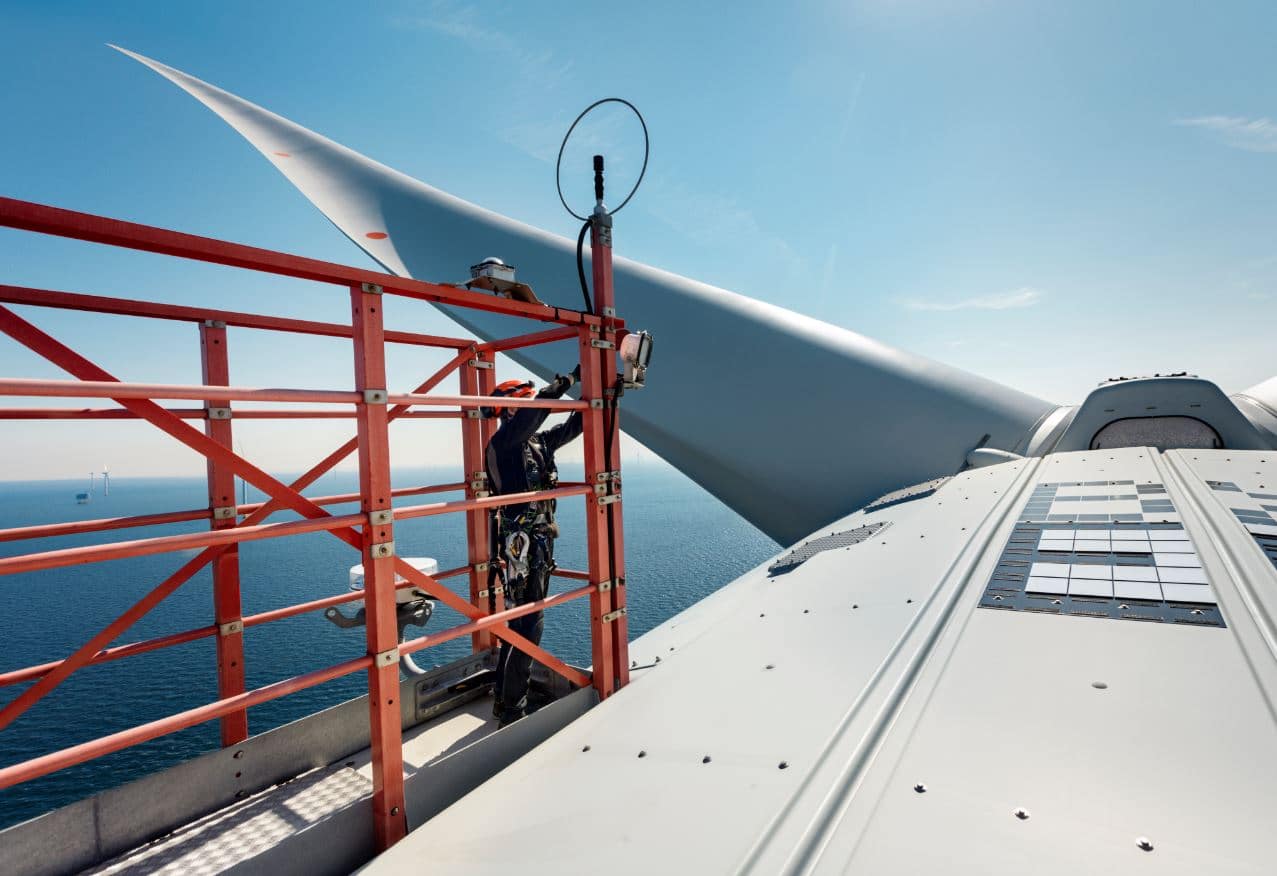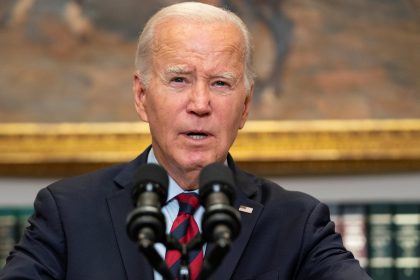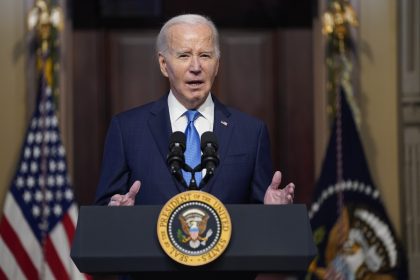Wind Energy Labor Pact Viewed as Sign of What Biden Economy Will Look Like

Ørsted, the Danish renewable energy group, and the North America’s Building Trades Unions have entered into a pact to train an offshore wind construction workforce as the firm eyes construction of a series of wind farm projects up and down the East Coast.
The deal comes at a time when President-elect Joe Biden is promising to move the United States back on the world stage as a combatant of climate change and to speed the nation’s transition to a renewable energy based future.
“I think this is a sign of what the economy may look like under the Biden administration,” said Josh Freed, senior vice president for climate at Third Way, a Washington, D.C. think tank.
“This announcement of a nationwide memorandum of understanding and that they are going to rely on unionized labor … really fits with the values that the Biden campaign has been talking about,” he said.
“It’s an indication that not only will we see a real acceleration of clean energy — offshore wind amongst many technologies — but that companies in this sector see there’s a real need and real advantage to being more collaborative with their workers,” he said.
Historically, labor unions in the U.S. have been resistant to calls for a rapid switch to renewable energy seeing it as potentially leading to a net loss of jobs for their trade members.
But according to Ørsted North America CEO David Hardy, part of the company’s intention in entering into the deal was to help organized labor make its own transition into the offshore wind field.
“We want to work with the NABTU to create a framework for an offshore wind construction workforce for all offshore wind farms we will operate,” he said.
NABTU President Sean McGarvey praised the agreement, saying it “expands career pathways of opportunities for our members to flourish in this transition.
“Our highly trained men and women professionals have the best craft skills in the world, and now will gain new experience in deep-water ocean work,” McGarvey said. “Our agreement is based on a successful model developed by the Rhode Island Building Trades for the Block Island Wind Farm project. We commend Ørsted for coming to the table to work in partnership with us and our membership.”
Ørsted has the largest footprint of any offshore wind developer operating in U.S. waters, having been awarded 2.9GW of power contracts up and down the Eastern seaboard from Rhode Island to Maryland.
It currently operates America’s only utility-scale offshore wind farm, off Rhode Island, and has built a two-turbine pilot project off the coast of Virginia in federal waters.
The deal with NABTU underscores the company’s desire to solidify offshore wind’s position as an incubator for union green-collar job creation and innovation.
“Ørsted believes the best workers are always the best-trained workers, and we are proud to have earned a strong record of working with skilled union labor to build the country’s first offshore wind farm, the Block Island Wind Farm, where more than 300 union workers were employed,” Hardy said.
“We appreciate NABTU’s cooperation and the collaborative approach our union partners have brought to this endeavor and look forward to learning from and working with them on this groundbreaking partnership,” he added.
According to the American Wind Energy Association, there are currently 15 active commercial leases waiting for development in the U.S. If they are actually built out as planned, they could generate 30GW of electricity, create 83,000 jobs and drive $25 billion in annual economic output in the next decade, the association has said.
Ørsted and NABTU said they will work to identify the skills necessary to accelerate the creation of an offshore workforce, and partner on training and certification to ready workers to build new projects. They did not provide details on numbers of workers that would be trained or the cost of the program.
President-elect Biden has set a goal to achieve net zero emissions in the electricity sector by 2035.
























